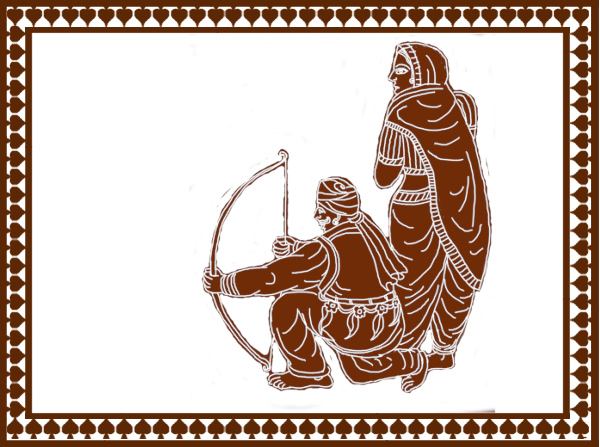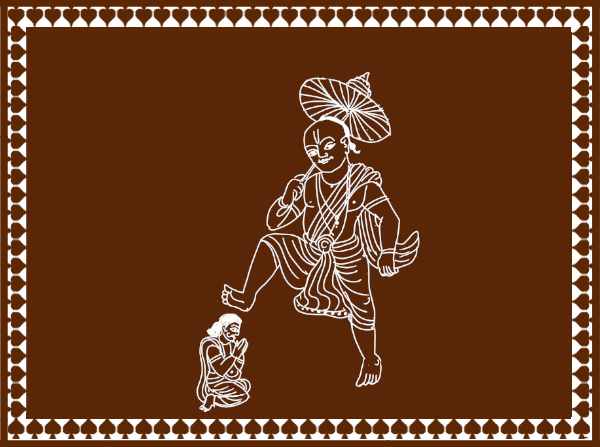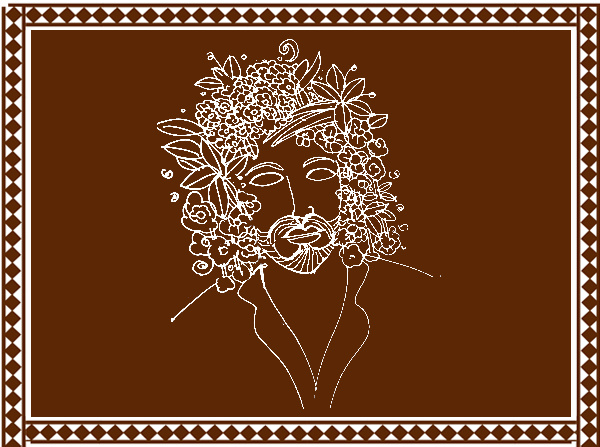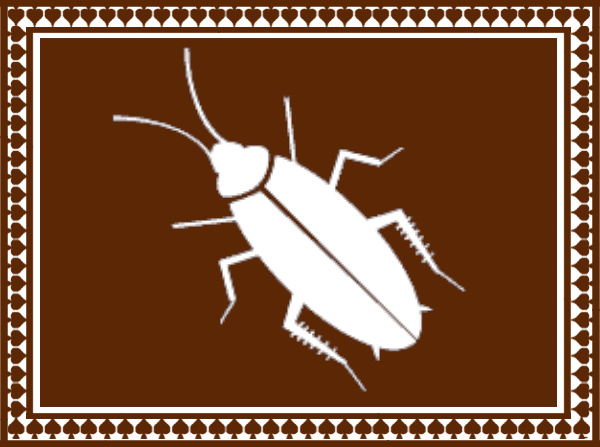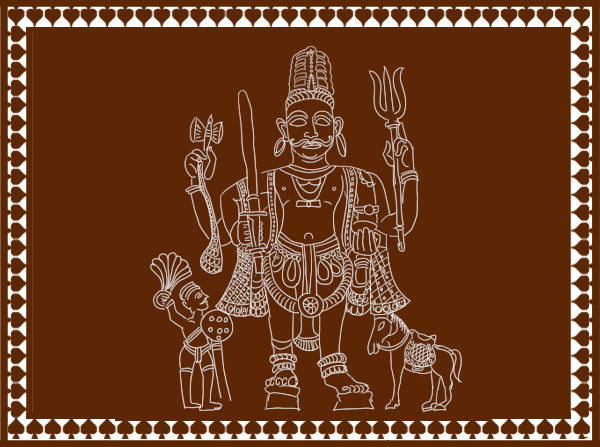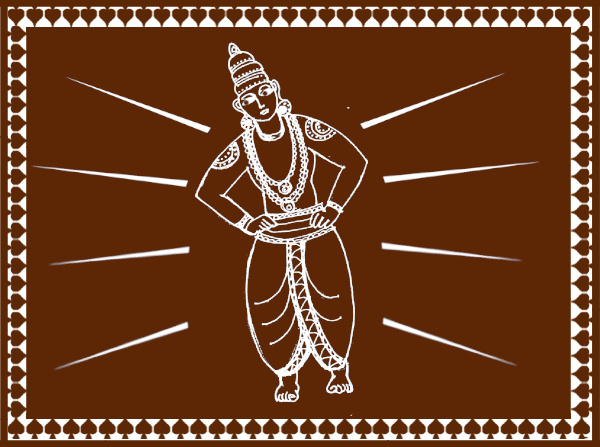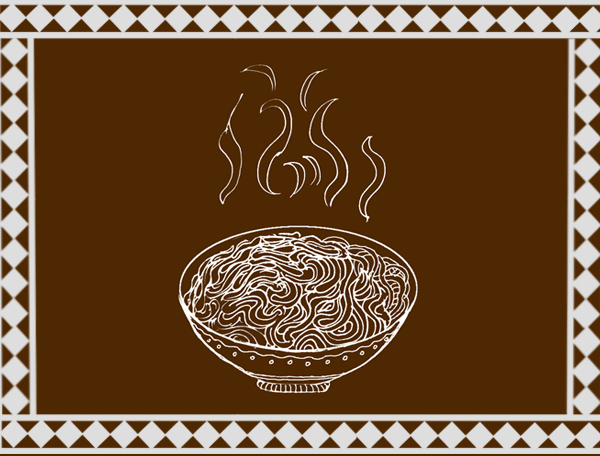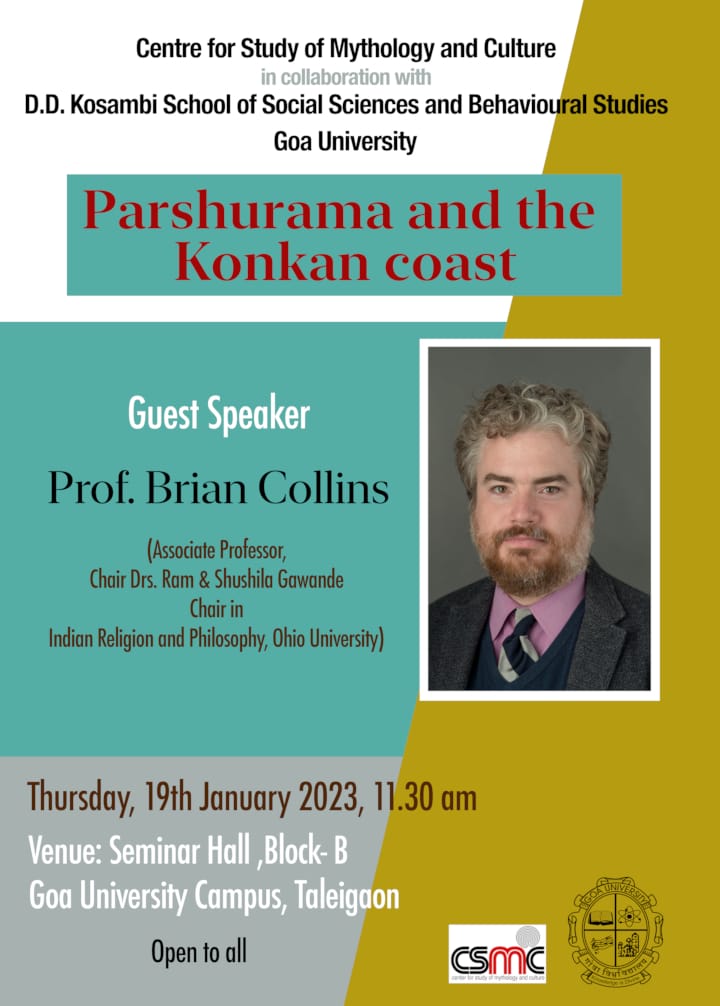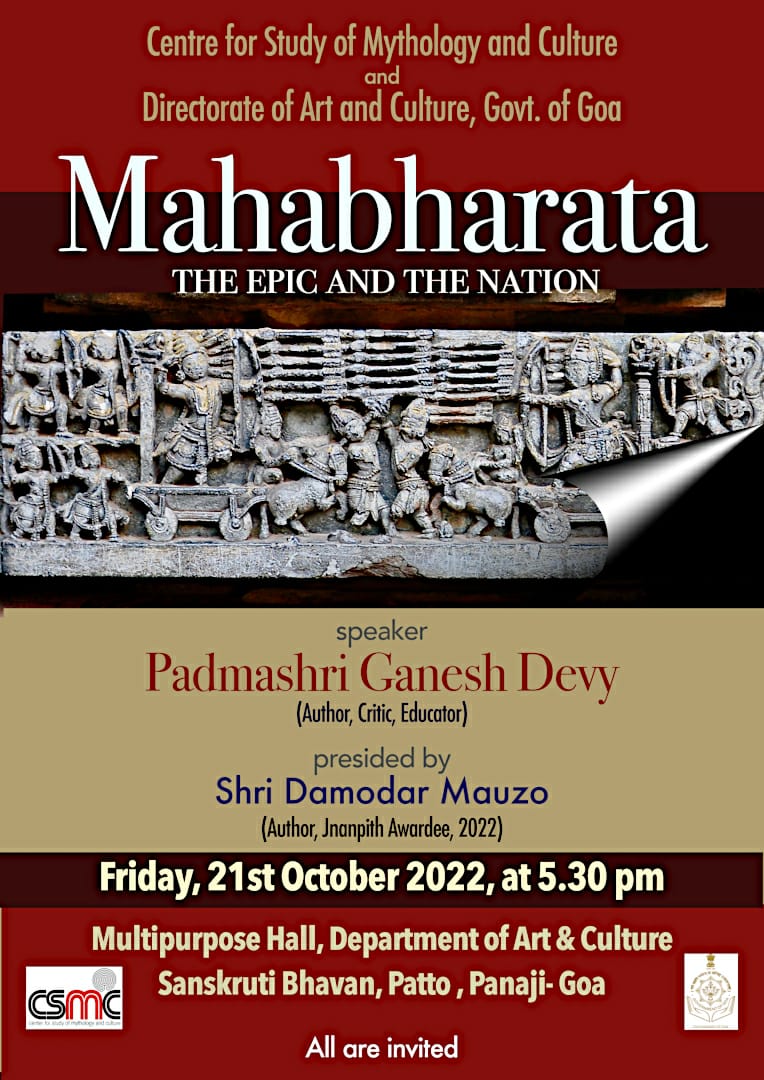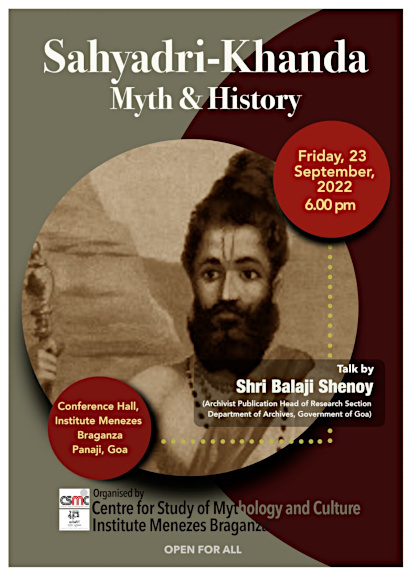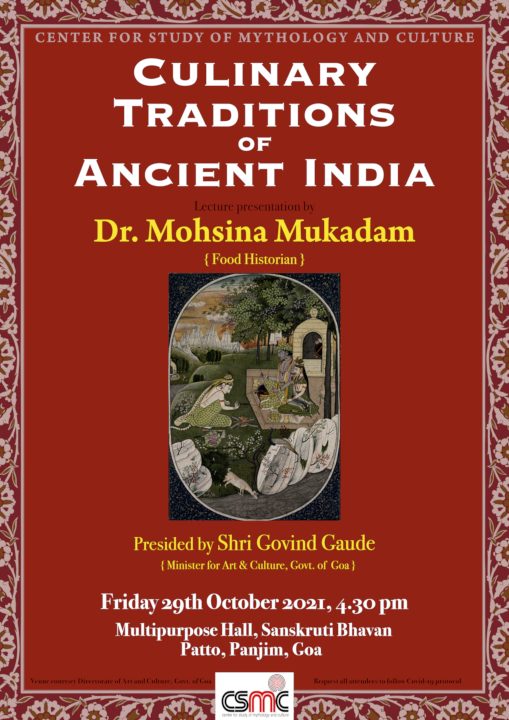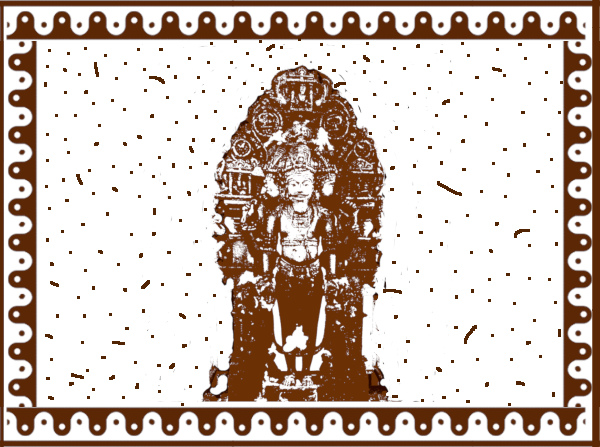
Traveling through the dense forest of Sattari Taluka of north Goa, you are literally transported to the scared time when the gods might have created this universe . The virgin landscape makes you wonder if lord Brahma created this universe from this very same place.
We went searching for the Brahma temple hidden in this virgin forest land. As you take a turn towards a narrow single lane road tucked within this dark forest, a signboard points an arrow to Nagargaon, a small sleepy village in Valpoi. Yet another signboard points towards to the temple of Brahma, one of the few temples dedicated to god Brahma in India. Though Brahma is a significant god in the triad of gods Brahma, Vishnu, and Shiva, as the one who created the universe, who sustained the universe, and who destroys the universe, he is somewhat relegated to a minor status in latter part of the development of Hindu Pantheon, almost wiping out his presence.
According to a popular lore, when Brahma uttered the lie of finding the tip of Shiva’s linga during the Lingodbhava episode, it infuriated Shiva who then cursed Brahma that he will never have a cult of his own. Since then, the worship of Brahma has faded out from Hindu religious charter. Indeed, one finds very few Brahma temples across India, the most popular one being at Pushkar in Rajasthan. The other few examples of Brahma temples are found in the state of Gujarat, Andhra Pradesh, Uttarakhand , Madhya Pradesh and Goa. However unlike Shiva, Devi, or Vishnu temples, these temples are not popular among the masses. In Goa at Brahma-Karmali there is a unique shrine independently dedicated to god Brahma, while at Kolamb, Parshe and Pedne villages in Goa Brahma idols are part of the parivar devata or ancillary deity.
As you enter the narrow village lane leading towards the shrine, you find the temple of Brahma standing unassumingly by the road side. There is no porch or grand entrance leading towards it. As you climb the few steps to enter the temple, one notices new constructions and renovation work taking place. When we approached the shrine it was empty and a lone pujari was sweeping the floors of the garbhagruha getting ready for the morning puja. There is no pomp or grandeur to this shrine. What strikes you most is the intricately carved idol of the Brahma. Standing six foot tall, the four faced bearded god has four heads. His fourth head is placed at the back . There is a magnificent prabhavali around the deity. By his side there are two female deities Savitri and Gayatri beautifully carved in black stone. One can see dancing attendants along with a pair of swans on either side of the prabhavali, swan being the vahana of Brahma. Of the four hands of the deity, two are visible from the front of and two remaining hands are seen at the back. There is a water-jug ( kamandalu) and aksha-mala, sacrificial instruments such as shruk and sruva and a book or pustaka in his hands.
It was evident there are hardly any visitors to this shrine. The temple consisted of a small garbhagruha and a sabhamandapa with a small stage facing the idol, the typical Goan style of temple architecture. The idol is probably from the Kadamba period from 12th BCE and it stands apart from other temple idols for the intricacy of the carving.
There is a curious lore attached to this temple about how this idol was brought into this village in 16th C. During Portuguese colonisation of Goa, many Hindu shrines were destroyed, as part of the inquisition. Thus Hindu devotees shifted the idols of the gods to a safer regions where Portuguese rule had not yet established itself. The story of Brahma Karmali idol comes from this period. Originally the idol was stationed at Karmali village near Old Goa. When the locals got the news that the Brahma temple might get destroyed, a brahmin decided to transport the idol of Brahma in a bullock cart to Maharashtra via Belgavi. At sunset he reached Nargarzar village in Sattari district. He decided to make an overnight halt and start his onward journey next day early morning as soon as the day breaks. He kept the idol hidden wrapped in a jute sack and he rested under the Kadamba tree. That night he dreamt of god Brahma telling him that he had liked the village and would like to stay there. The Brahmin ignored the dream and at day break as he got ready for his onwards journey he tried to lift the idol but he could hardly move it. The idol had become so heavy and had got stuck to the ground and would not budge inspite of great effort. Brahmin realised it was not just a dream, but a command from god Brahma. He gathered the villagers and requested them to install the deity in the exact spot, where it was kept on the ground . The villagers agreed and built a small shrine for the god and named the temple Brahma Karmali i.e. Brahma who came from Karmali village.The idol still stands today in the same place where it was installed years ago, although the shrine has undergone through the process of renovation in last 300 years.
Thus every year on the third day of Margashishya month as per Hindu calendar, the temple celebrates its foundation day.
Story collected by : Vidya Kamat
As narrated by : temple priest- Sandip Kelkar
Location: Nagzar, Valpoi , Goa
Image Copyright: Vidya kamat







